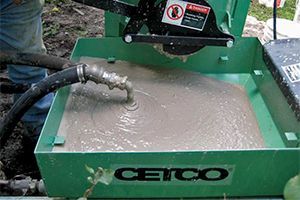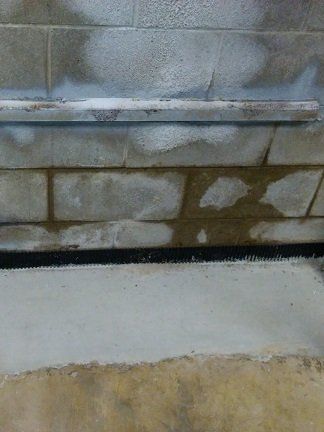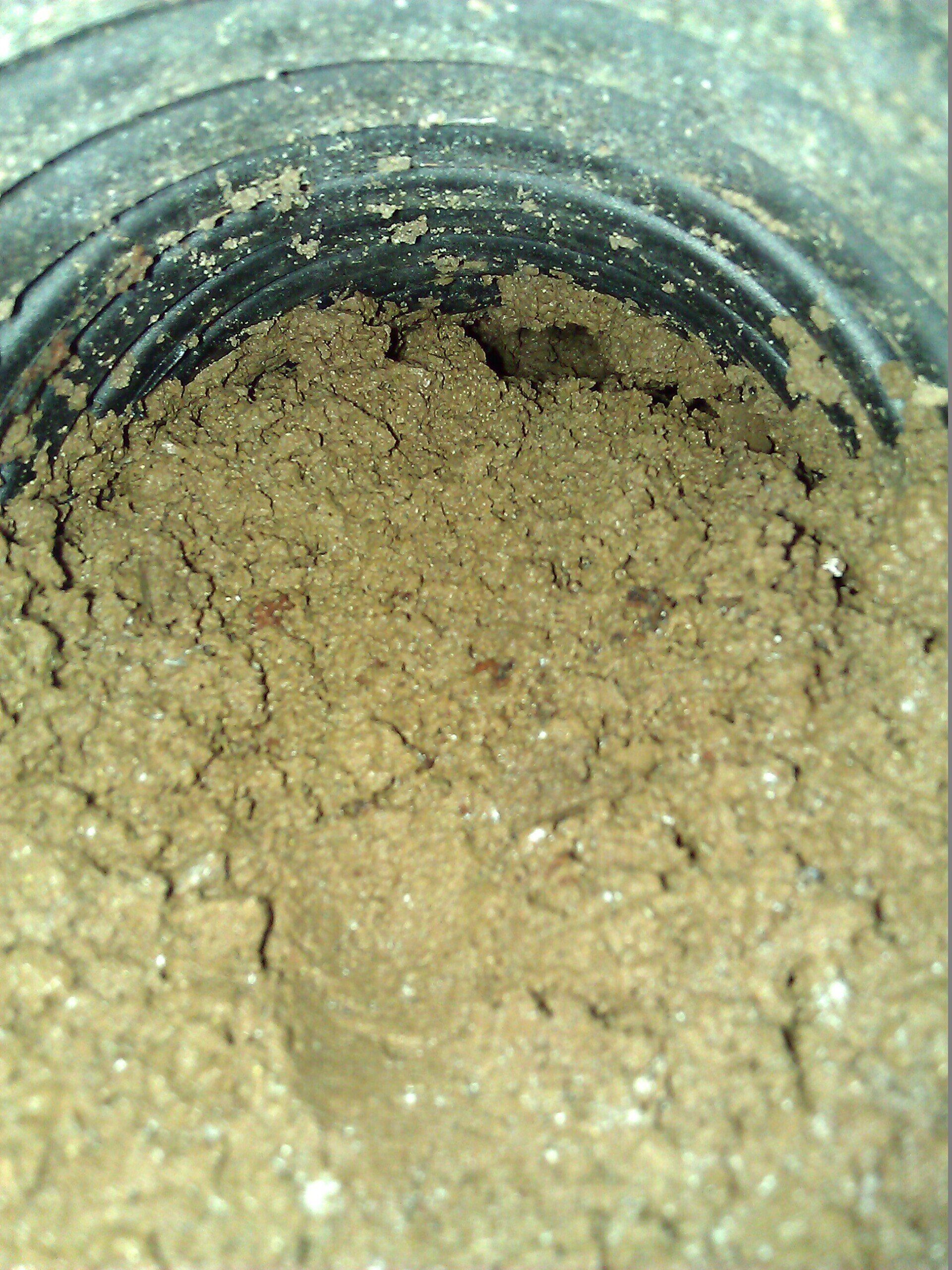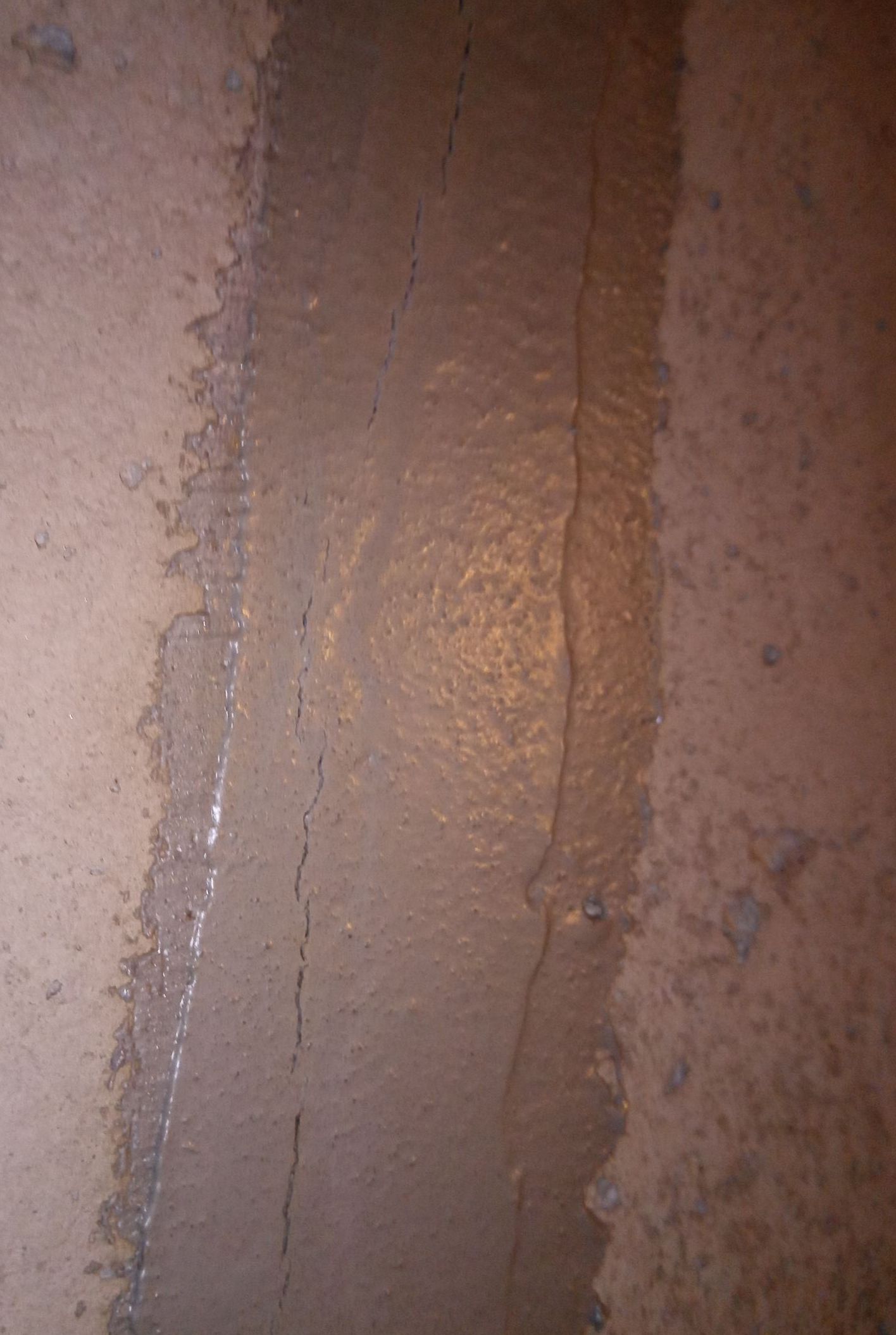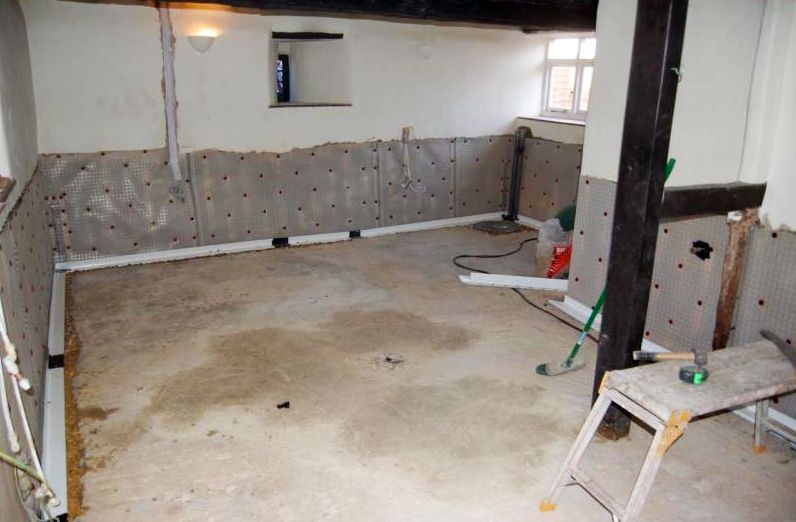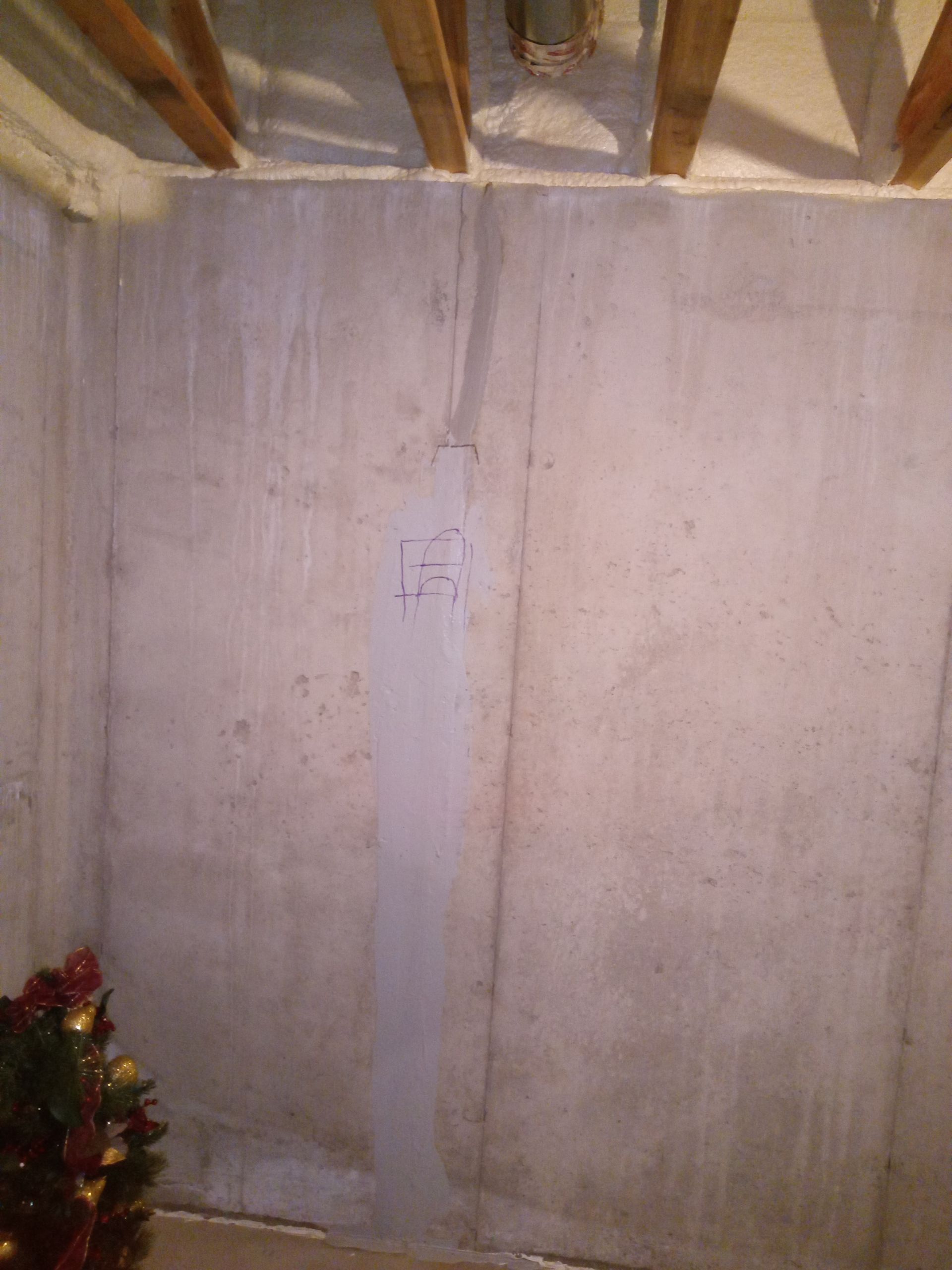There has been a comeback of the beaver style waterproofing system using dimple board, a plastic membrane with dimples on one side that keep it off the surface of the wall.
Beaver style waterproofing was similar but used flat rigid sheets of plastic attached slightly off the wall so water can flow through the wall and down to either a floor/wall channel (cove system) or even to an underfloor drain tile system. We see a lot of old 80's beaver dam waterproofing in Minneapolis and not only do we see it but you can smell it walking down the stairs. Why? The system allows water to flow on the walls and it never seems to fully dry behind the plastic sheet or dimple board since there's little air flow.
We looked at several dimple board/mat manufacturers installation brochures and not a single one mentions using this product for interiors, it is meant to be used outside. We call this style of product a Mold Factory, lot's of nasty things grow on that wet dark side of the plastic. If this is used indoors, it's especially important to seal all of the edges so no fumes and other nasty stuff can get into the basement (there is no seal at the top of this product).
Why not STOP THE WATER on the outside instead of going to all this trouble, exterior waterproofing is usually much less expensive.


